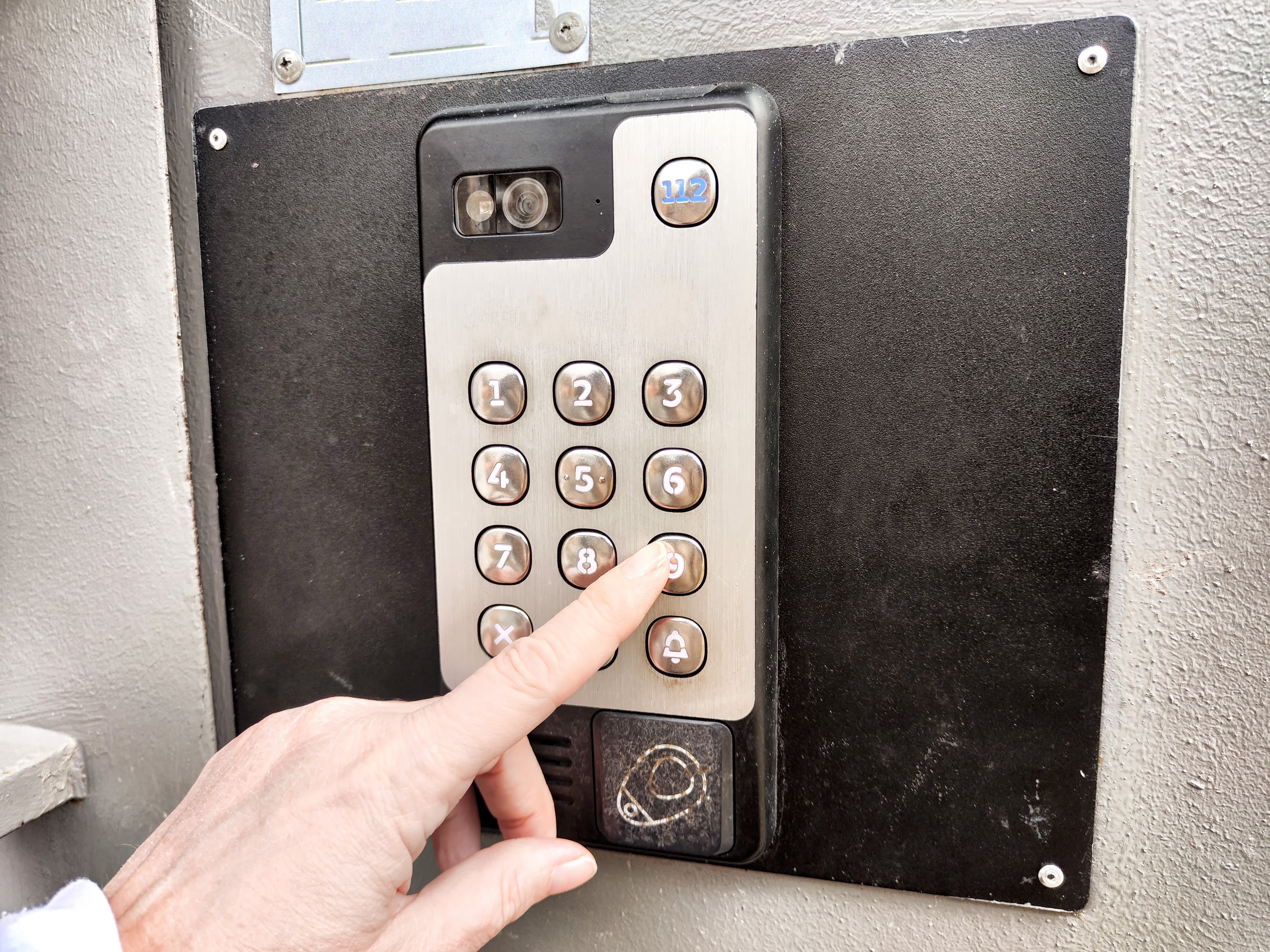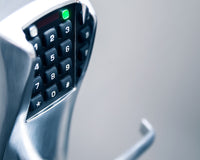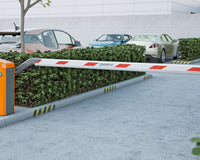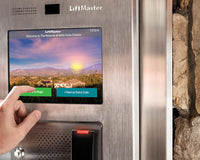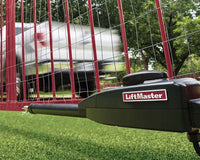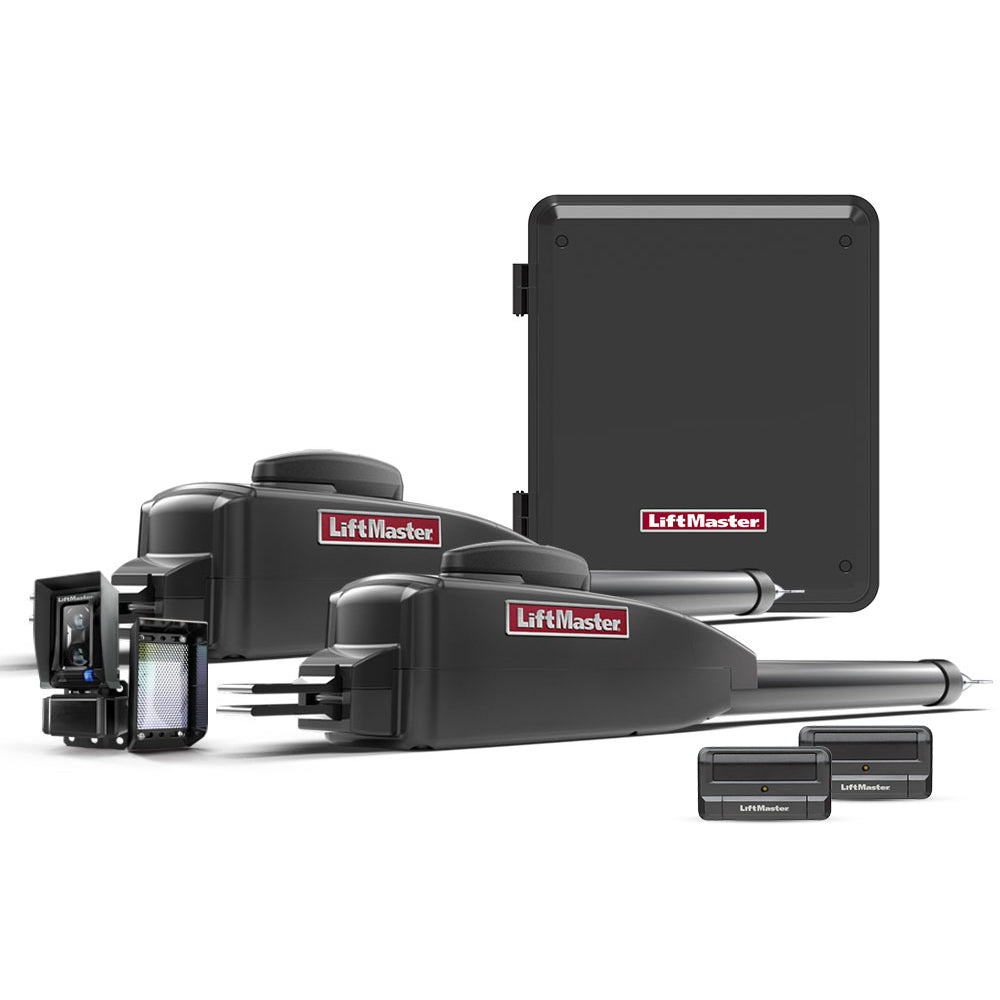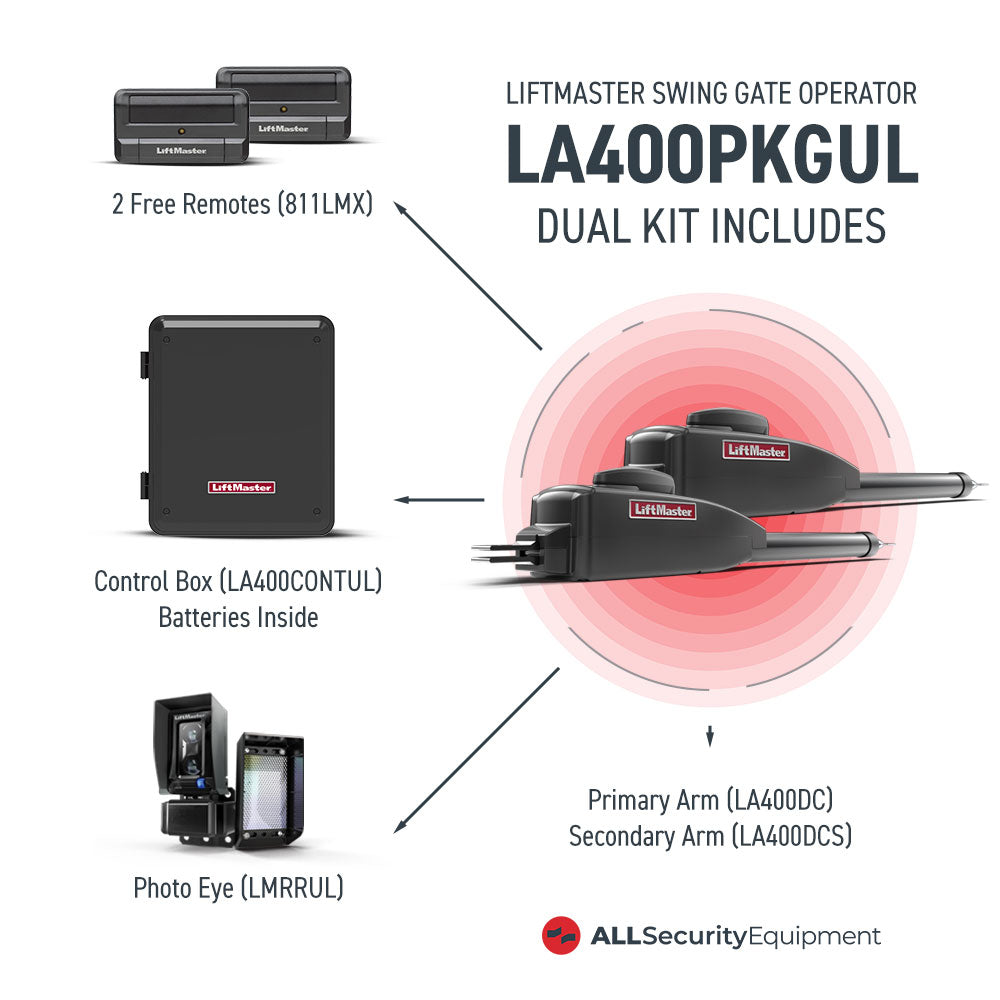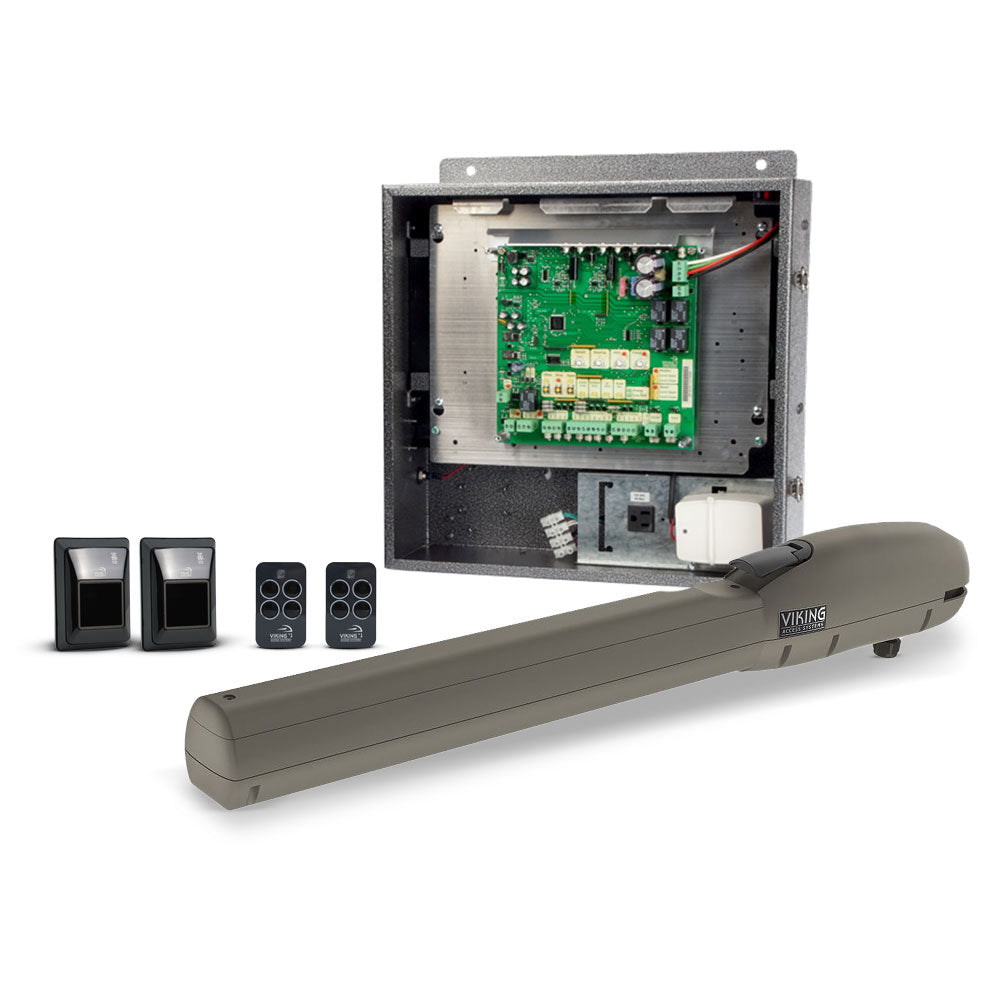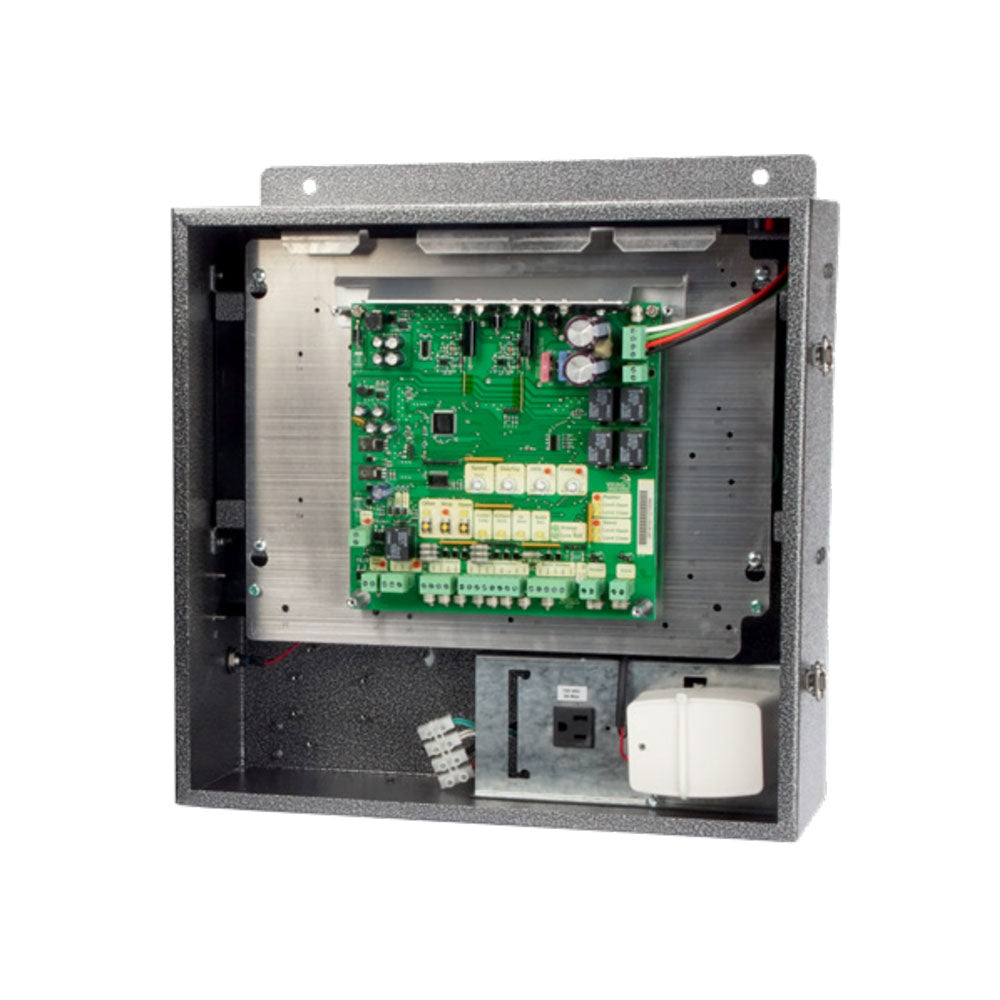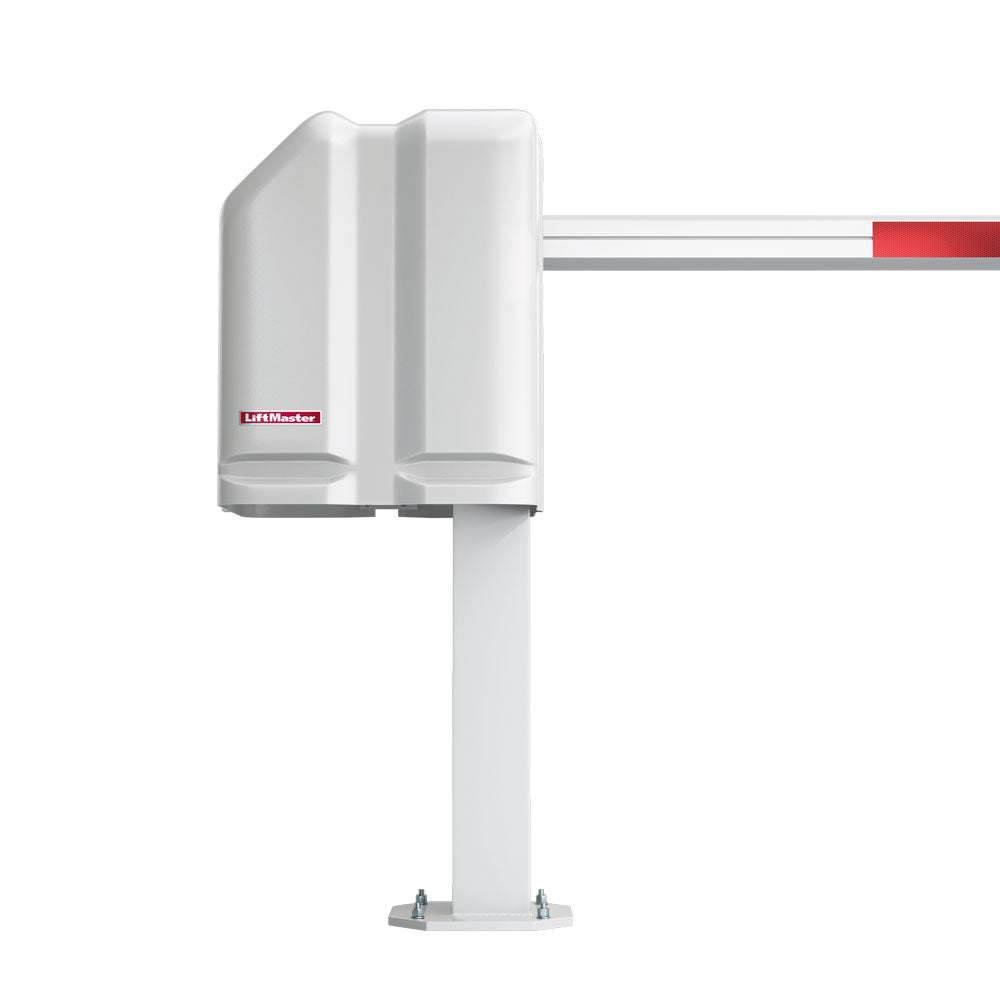In today’s senior living communities, every visitor brings the potential for both connection and risk. Family members, healthcare providers, delivery staff, and contractors are essential to daily life—but without oversight, they can also introduce safety concerns.
That’s why a modern visitor management system is no longer optional—it’s essential. These systems help communities track, verify, and manage guests efficiently while maintaining a warm and welcoming atmosphere.
Why Visitor Management Matters in Senior Living
Senior communities are responsible for protecting vulnerable residents while supporting quality of life. Allowing unrestricted access creates risk, including:
-
Unauthorized visitors
-
Delayed emergency response
-
Infection exposure
-
Privacy violations
-
Safety threats (intentional or unintentional)
Balancing security and hospitality begins with a well-defined assisted living visitor policy and the right tools to enforce it.
Key Components of an Effective Visitor Management System
Whether you're upgrading from a paper log or starting from scratch, here’s what to include:
1. Clear Visitor Policies
Outline the rules and expectations in writing. Your policy should define:
-
Visiting hours and access levels
-
Required check-in procedures
-
Masking or health screening protocols (as needed)
-
Emergency procedures involving visitors
This policy should be available at the front desk and shared with families.
2. Reliable Sign-In System
Using a sign-in system for a retirement home ensures all visitors are accounted for. Capture:
-
Name
-
Contact information
-
Time in and out
-
Who they’re visiting
-
Reason for visit
This information becomes critical during evacuations, health investigations, or audits.
Browse visitor and access control systems
3. ID Badges and Visual Verification
Provide color-coded visitor badges or name tags upon sign-in. This allows staff and residents to easily identify guests and flag unfamiliar individuals.
Badges can also expire after a set time, increasing oversight during longer visits.
4. Digital Visitor Management Software
A visitor management system simplifies tracking with features like:
-
Self-check-in kiosks or tablets
-
Photo capture and printed passes
-
Instant alerts for flagged individuals
-
Real-time visitor logs
-
Secure data storage for compliance
Digital systems are faster, more accurate, and easier to audit than paper methods.
5. Staff Training on Visitor Protocols
Even the best system fails without well-trained personnel. Train reception and security staff to:
-
Greet and verify visitors
-
Watch for tailgating or bypassing the front desk
-
Politely handle unauthorized entry
-
Follow escalation procedures when needed
Managing visitors and security is a shared responsibility across your team.
Enhancing the Guest Experience
Visitor policies should never feel like roadblocks. A strong visitor management system enhances hospitality by offering:
-
Faster check-ins
-
Clear directions and signage
-
Comfortable waiting areas
-
Friendly, informed staff
Remember: a secure environment builds trust. Families appreciate communities that take both safety and service seriously.
Emergency Preparedness and Compliance
Visitor logs become crucial during emergencies or inspections. They help:
-
Account for all individuals during fire drills or evacuations
-
Provide contact tracing during health events
-
Demonstrate compliance during regulatory reviews
-
Support documentation in legal situations
Digital logs are searchable, exportable, and protected—far more effective than paper sheets.
Final Thoughts
Implementing a visitor management system strengthens your entire safety framework. It helps enforce your assisted living visitor policy, supports your staff, and reassures families that you take resident protection seriously.
Whether you're managing a small memory care unit or a large continuing care community, the right tools make a big difference.
Secure your entrances. Streamline your check-ins. Protect your residents.
Visit All Security Equipment to find the visitor management systems that meet the needs of today’s senior living communities.

